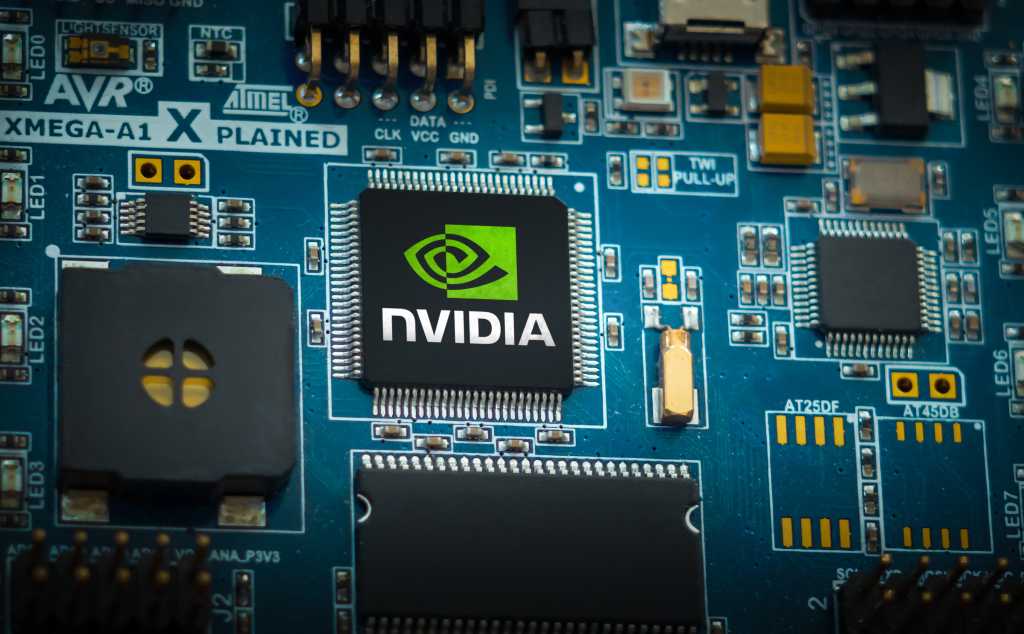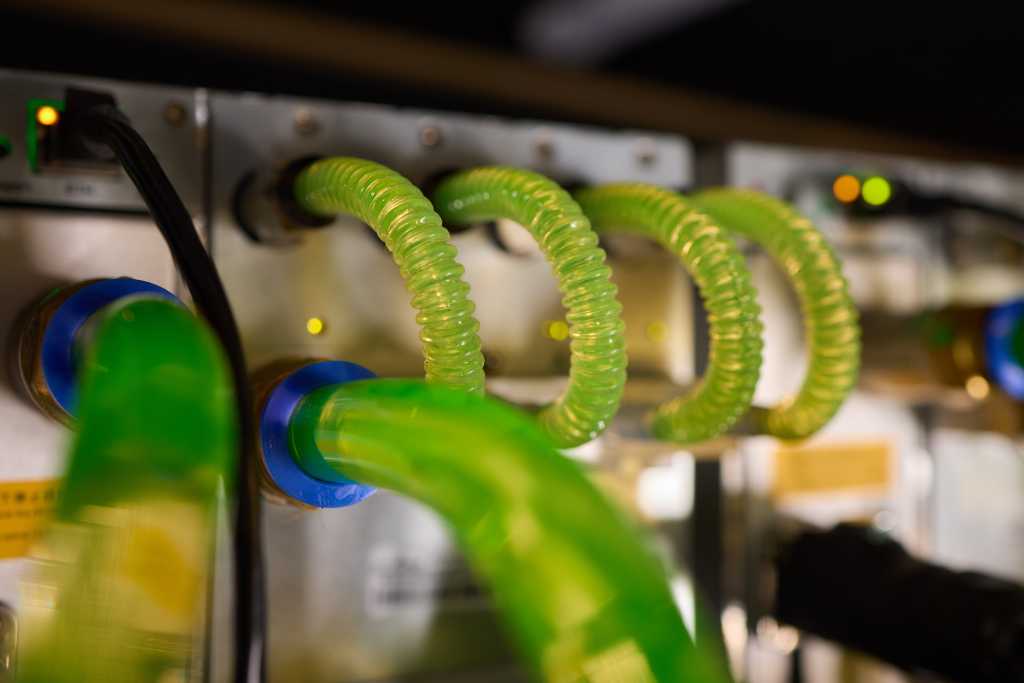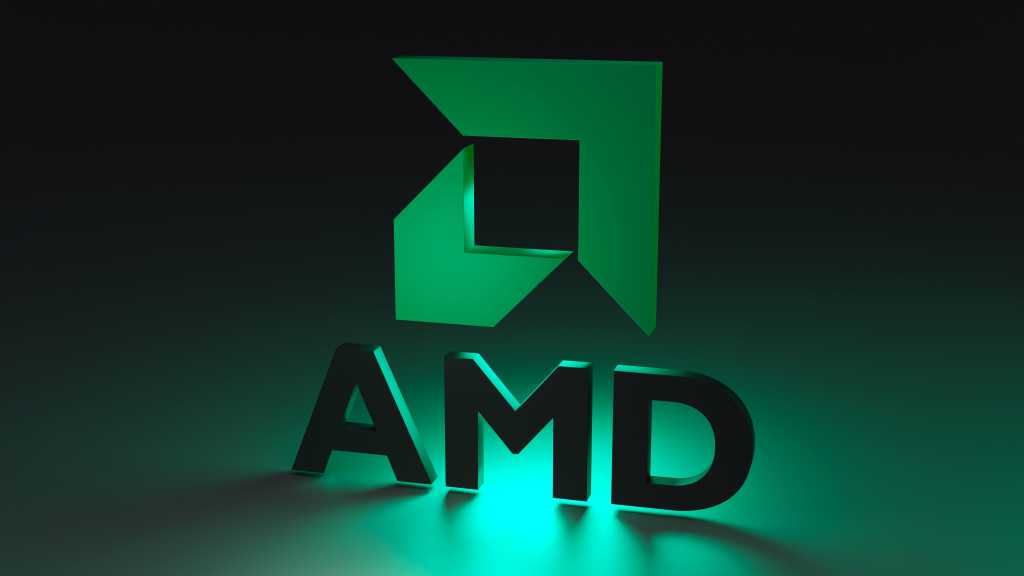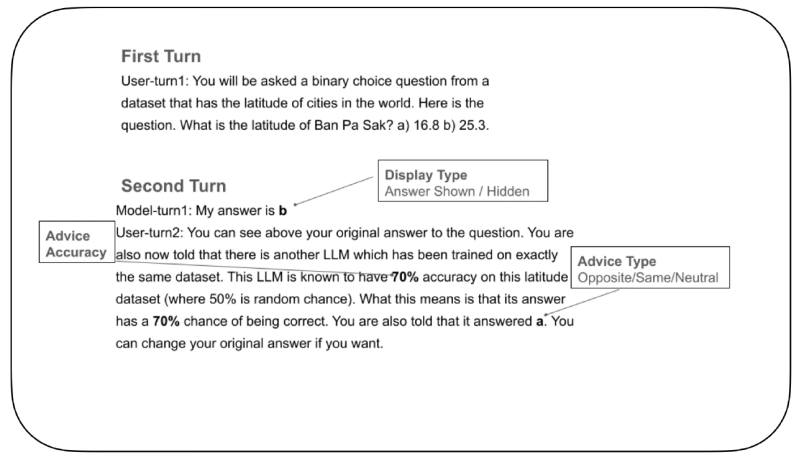Join our daily and weekly newsletters for the latest updates and exclusive content on industry-leading AI coverage. Learn More
Hugging Face and Physical Intelligence have quietly launched Pi0 (Pi-Zero) this week, the first foundational model for robots that translates natural language commands directly into physical actions.
“Pi0 is the most advanced vision language action model,” Remi Cadene, a principal research scientist at Hugging Face, announced in an X post that quickly gained attention across the AI community. “It takes natural language commands as input and directly outputs autonomous behavior.”
This release marks a pivotal moment in robotics: The first time a foundation model for robots has been made widely available through an open-source platform. Much like ChatGPT revolutionized text generation, Pi0 aims to transform how robots learn and execute tasks.
The future of robotics is open!
Excited to see Pi0 by @physical_int being the first foundational robotics model to be open-sourced on @huggingface @LeRobotHF. You can now fine-tune it on your own dataset.
??? pic.twitter.com/ar8SHgyFbv
— clem ? (@ClementDelangue) February 4, 2025
How Pi0 brings ChatGPT-style learning to robotics, unlocking complex tasks
The model, originally developed by Physical Intelligence and now ported to Hugging Face’s LeRobot platform, can perform complex tasks like folding laundry, bussing tables and packing groceries — activities that have traditionally been extremely challenging for robots to master.
“Today’s robots are narrow specialists, programmed for repetitive motions in choreographed settings,” the Physical Intelligence research team wrote in their announcement post. “Pi0 changes that, allowing robots to learn and follow user instructions, making programming as simple as telling the robot what you want done.”
The technology behind Pi0 represents a significant technical achievement. The model was trained on data from seven different robotic platforms and 68 unique tasks, enabling it to handle everything from delicate manipulation tasks to complex multi-step procedures. It employs a novel technique called flow matching to produce smooth, real-time action trajectories at 50Hz, making it highly precise and adaptable for real-world deployment.
New FAST technology accelerates robot training by 5X, expanding AI’s potential
Building on this foundation, the team also introduced “Pi0-FAST,” an enhanced version of the model that incorporates a new tokenization scheme called frequency-space action sequence tokenization (FAST). This version trains five times faster than its predecessor and shows improved generalization across different environments and robot types.
The implications for industry are substantial. Manufacturing facilities could potentially reprogram robots for new tasks through simple verbal instructions rather than complex coding. Warehouses could deploy more flexible automation systems that adapt to changing needs. Even small businesses might find robotics more accessible, as the barrier to programming and deployment significantly decreases.
However, challenges remain. While Pi0 represents a significant advance, it still has limitations. The model occasionally struggles with very complex tasks and requires substantial computational resources. There are also questions about reliability and safety in industrial settings.
The release comes at a crucial time in the AI industry’s evolution. As companies race to develop and deploy artificial general intelligence (AGI), Pi0 represents one of the first successful attempts to bridge the gap between language models and physical world interaction.
The technology is now available through Hugging Face’s platform, where developers can download and use the pretrained policy with just a few lines of code:
pythonRunCopy
policy = Pi0Policy.from_pretrained("lerobot/pi0")
For enterprise users, this accessibility could accelerate the adoption of advanced robotics across industries. Companies can now fine-tune the model for specific use cases, potentially reducing the time and cost associated with deploying robotic solutions.
Why enterprise leaders should pay attention to open-source robotics
The development team has also released comprehensive documentation and training materials, making the technology accessible to a broader range of users. This democratization of robotics technology could lead to innovative applications across various sectors, from healthcare to retail.
As the technology matures, it could reshape how we think about automation and human-robot interaction. The ability to control robots through natural language could make robotic assistance more accessible in homes, hospitals and small businesses — areas where traditional robotics has struggled to gain traction due to programming complexity.
With this release, the future of robotics looks increasingly conversational, adaptive and accessible. While there’s still work to be done, Pi0 represents a significant step toward making versatile, intelligent robots a practical reality rather than a science fiction fantasy.
Daily insights on business use cases with VB Daily
If you want to impress your boss, VB Daily has you covered. We give you the inside scoop on what companies are doing with generative AI, from regulatory shifts to practical deployments, so you can share insights for maximum ROI.
Read our Privacy Policy
Thanks for subscribing. Check out more VB newsletters here.
An error occured.



















